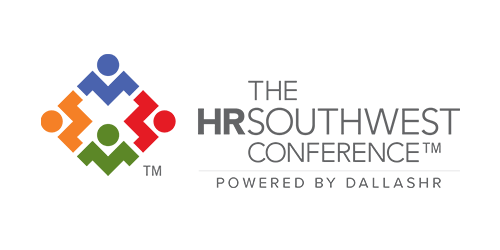
Measuring Your DE&I Initiatives
Over the last two years, as racial reckoning and social movements across the country have compelled many people to confront questions of social justice, organizations have also seen change come to DE&I in the workplace. Once seen as a human resources initiative, diversity, equity, and inclusion initiatives have now shifted to a core business function. Small businesses and global corporations alike are examining DE&I initiatives, facing their gaps, and investing in progress.
How, though, do you effectively measure diversity, equity, and inclusion progress? How do you determine if your DE&I efforts are working? And how can you gather insights to enable you to continue to press for leadership to champion and employees to uphold DE&I? Given how DE&I is no longer a “nice to have” but instead a “must-have,” we are sharing top trends in measuring DE&I initiatives—and what HR professionals should know.
History of DE&I in the workplace
DE&I has stepped into the spotlight over the last decade—and even more so since mid-2020. But it has been around much longer. Workplace diversity training and programs were first implemented in the 1960s following the introduction of equal employment laws and affirmative action. These early programs often consisted of mandatory training and the establishment of “dos and don’ts.”
Notably, early programs and initiatives focused on diversity, which is the only piece of our modern concept of DE&I. Diversity is about recognizing and welcoming differences—of race, gender, age, experience, sexual orientation, religion, and much more. Equity is about being fair or equal, and inclusion is about creating a culture that welcomes all, especially those who have been traditionally excluded or marginalized.
Measuring DE&I progress in the workplace
Assessing the state of DE&I in your organization—and your progress toward advancing DE&I goals—starts with a clear-eyed evaluation, anchored in hard data when possible. Here are five measures DE&I and HR leaders are using to gauge progress.
- Evaluate diversity at all levels in your organization. Whether or not you have set specific hiring and DE&I targets, understanding progress starts with evaluating where you are. Assess diversity in your workforce at every level, from entry and mid-career through leadership, at the manager and executive levels. Often, leadership is the least-diverse group in an organization, so understanding this (in numbers) can open the door to considering career development opportunities within your company. Also, be sure to include contractors and vendors in your overall assessment.
- Review compensation and benefits. Ensuring fair and equitable compensation starts with annual compensation and benefits benchmarking. While the United States has a gender pay gap of over 18% (according to 2020 US census data), and equity pay gaps also exist, this may or may not be the case in your organization. Without benchmarking, though, it can be hard to identify and close an existing gap. Extend analysis to include paid time off, overtime eligibility practices, performance assessment, and merit increase policies. It is also a best practice to regularly review job descriptions to ensure they accurately reflect role responsibilities.
- Identify your organization’s blind spots in hiring. DE&I progress is directly tied to talent acquisition—and many organizations unintentionally incorporate hiring bias. Assess hiring practices to expand potential sources of candidates, ensure job postings use inclusive language, and understand how your employer’s brand presents in the marketplace. Bring analysis into talent acquisition by tracking candidate diversity through the hiring process.
- Evaluate retention. Who is leaving your organization? What can insight into employee turnover and attrition tell you about your DE&I initiatives? Digging into who is exiting—and why—can help you uncover trends that help you track progress.
- Solicit input. Seek feedback directly from employees—not only through exit interviews but also through regular pulse checks and “stay” interviews. These can help you understand how culture, purpose, compensation, and benefits are registering—and who feels like they truly belong at your workplace.
How are you measuring the progress of DE&I initiatives at your organization? What are you finding?
Looking for resources on the business case for DE&I and its connection to company culture? You’ll find key insights here.
DallasHR is the third-largest SHRM affiliate chapter in the nation. With more than 2,000 engaged HR professionals, the Chapter has been Advancing the Value of HR since 1939 through innovative education, valuable networking events, and providing opportunities to share best practices with others in the field of HR. The HRSouthwest Conference powered by DallasHR is the official Texas SHRM conference and one of the largest regional HR events in the U.S. Visit us at Dallashr.org, hrsouthwest.com, and follow us at #dallashr, #hrswc.





